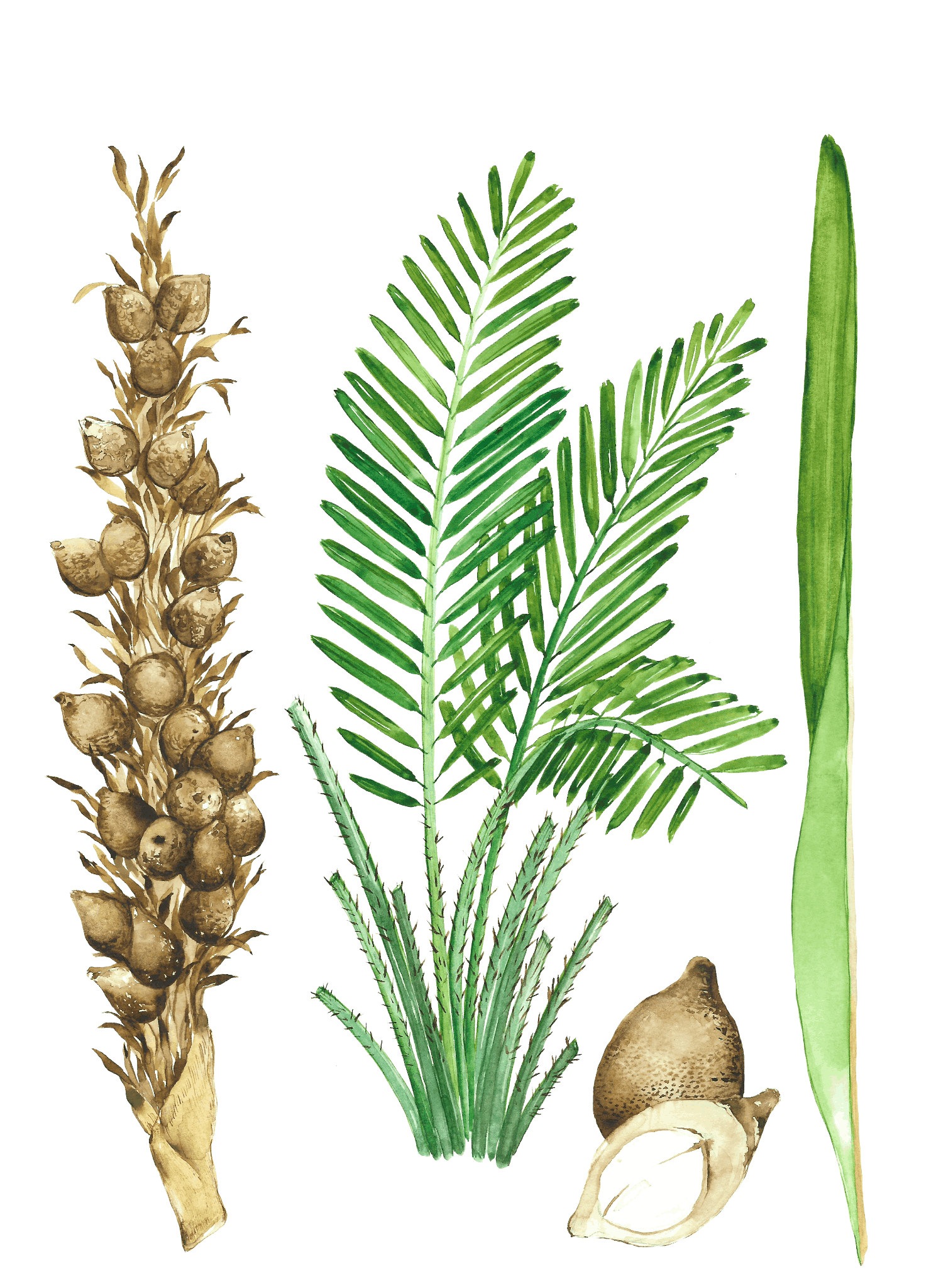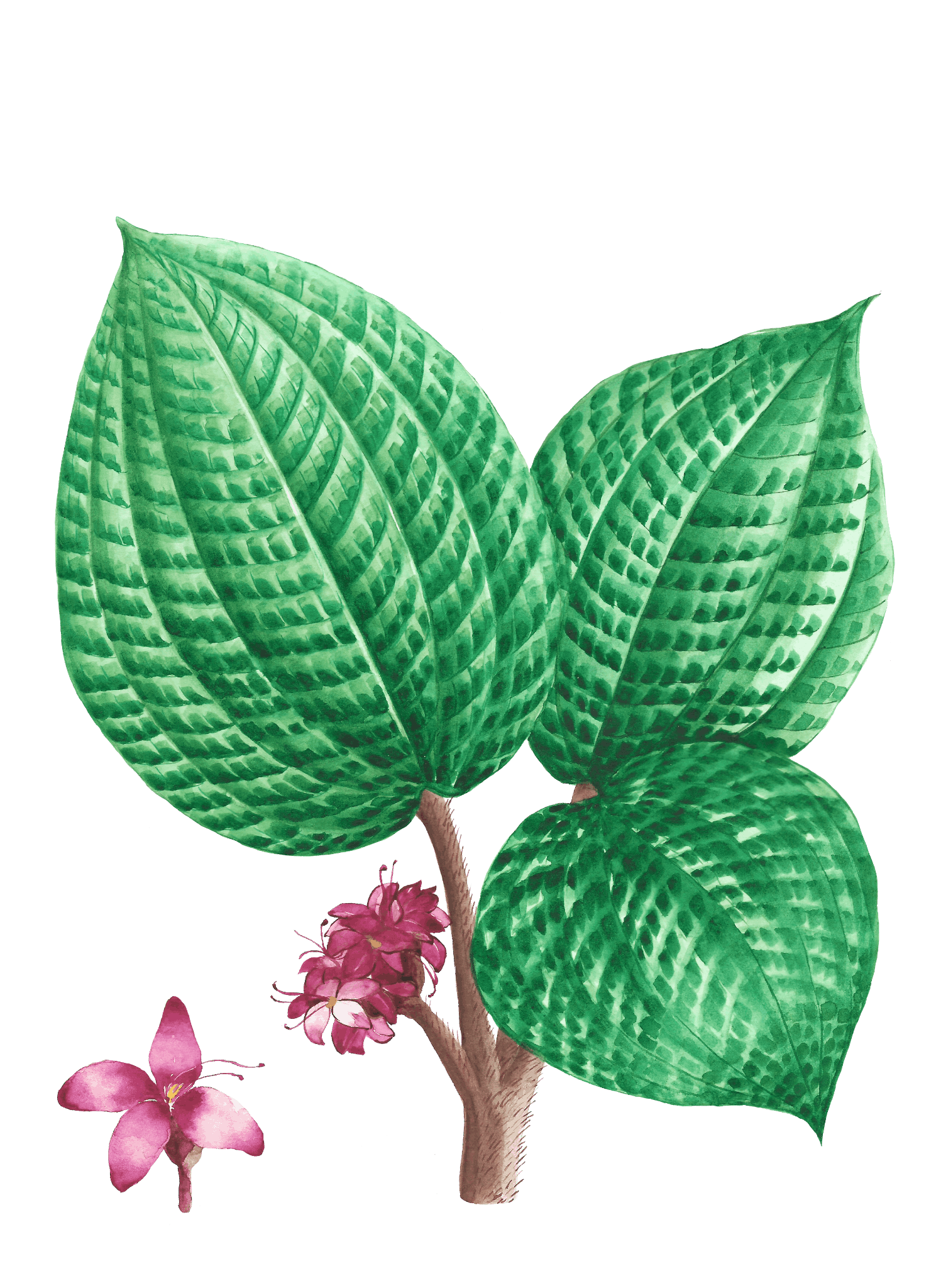syarifahnadhirah
Sights & Sounds
An Illustrated Guide to forest edibles
As Selangor continues to surrender itself to development projects in the name of modernisation, more and more forest areas are threatened by deforestation.
Dubbed as the richest state in Malaysia, there is no short of land here in Selangor, yet most 'developments' tend to stir with indigenous territories or what's left of an untouched ecosystem, demanding for legal rights over one's ancestral land. This is a deep dive into a primary forest — Kuala Langat North Forest Reserve — that still stands the course of time, held by its indigenous guardians, the Temuan people. A constant uproar clouds over the Orang Asli villages in Kuala Langat, in efforts to defend their customary land and a 7000 year-old forest. Tensions rose before the first lockdown was implemented in March 2020, and solidarity efforts from Selangorians grew throughout the year — condemning the state government's desire to deforest a large part of the land for a mixed development project.
One of the villages, Kampung Busut Baru, is a product of a resettlement scheme to make way for the Kuala Lumpur International Airport (KLIA) back in the 90s. Samsul Senin, a Temuan recalls being relocated to Kuala Langat when he was just a young boy and told us that his community was not granted access to water until much later in the early 2000. He remembers following his parents to forage and hunt in the forest, of what is now only a meagre 958 hectares from its original size of 7000 hectares. The same fate might lie ahead for the Temuan people if the government decides to degazette the forest reserve — another ecological catastrophe and displacement.
This site is a small attempt to document and highlight the very much overlooked residents of the ancient forest — the plants. They are part and parcel of the vast Indigenous knowledge concerning areas of medicine and sources of food. Samsul takes us on a brief walk into the forest that he grew up in, introducing us to plants that pose significance to the Orang Asli's ecological knowledge, be it medicinal or for consumption.
[Tap on each plant illustration to learn more]
Healing is often viewed and carried out as a communal endeavour. When Orang Asli traditional territories are left intact, undiminished and un-appropriated, they provide adequate protein and a healthy variety of fruits and green vegetables, Jeyakumar (1999) and Kuchikura (1988). The inability to see traditional resources as a necessity to the wellbeing of Orang Asli often leads to destructive approaches in land management, leaving them out of the equation.
Samsul takes us on a brief walk into the forest that he grew up in, introducing us to plants that pose significance to the Orang Asli's ecological knowledge, be it medicinal or for consumption.
The second part illustrates a view of a secondary forest located in the periphery of Selangor, bordering the state of Pahang.
What appears to be a mundane place of dwelling barricaded by valleys and highways, Gombak holds a lot more history than we think. Built in 1915, the dwindling road of Jalan Gombak stretches from Kuala Lumpur to Karak and later replaced by the Kuala Lumpur-Karak Expressway in the 1970s. In 1957, a special hospital helmed by Dr. J. Malcolm Bolton was built for the Orang Asli — the Aborigines Hospital in Gombak to house more wards and to train more staff, many of which include the Orang Asli themselves. Settlements began sprouting up on the foothills of the valley, primarily by the Orang Asli communities from different states.
Raman, a Semai originally from Cameron Highlands, Pahang, is a vibrant personality in the community here in Batu 12. He made a home out of this place and always seeks refuge from the forest behind his village. A path leads to a forested nook where he plants most of his time farming, foraging and in isolation. Little streams paved in between thick foliage and small rocks as we made our way deeper. The valleys would dry up a little during the hot season, welcoming animals towards the lower side to look for food as most fruits and plants would flourish during this time of the year, whereas the wet season incurs beautiful running streams soaking the Yellow Saraca trees and low-lying plants, leaving most trees fruitless.
He greeted every plant he knew by heart along the dwindling path and patiently taught me what they were for. The lower part of the valley is where he plants his own kebun, though oftentimes intruders would come in and snatch the last bit of pucuk manis, pucuk belhau and many others. True, the forest produce ought to be shared by many, however it frustrates him to see some simply takes and never gives back to the land. This in turn, leaves the barren plot empty of plants that serve him the most.
Though Raman originally hails from the Semai community in Cameron Highlands, he made a home out of this forest in Gombak and generously puts his heart and soul into it. Having lived here most of his life, he sees the impacts of the declining availability of forest resources.
“Di lembah ini, memang banyak sumber makanan tapi makin susah nak cari sekarang,”
Translation: There are plenty of food sources in this valley, but it is getting harder to find them nowadays.
as explained by Raman while basking our feet in the cold stream.
Project supported by
Made on mmm










